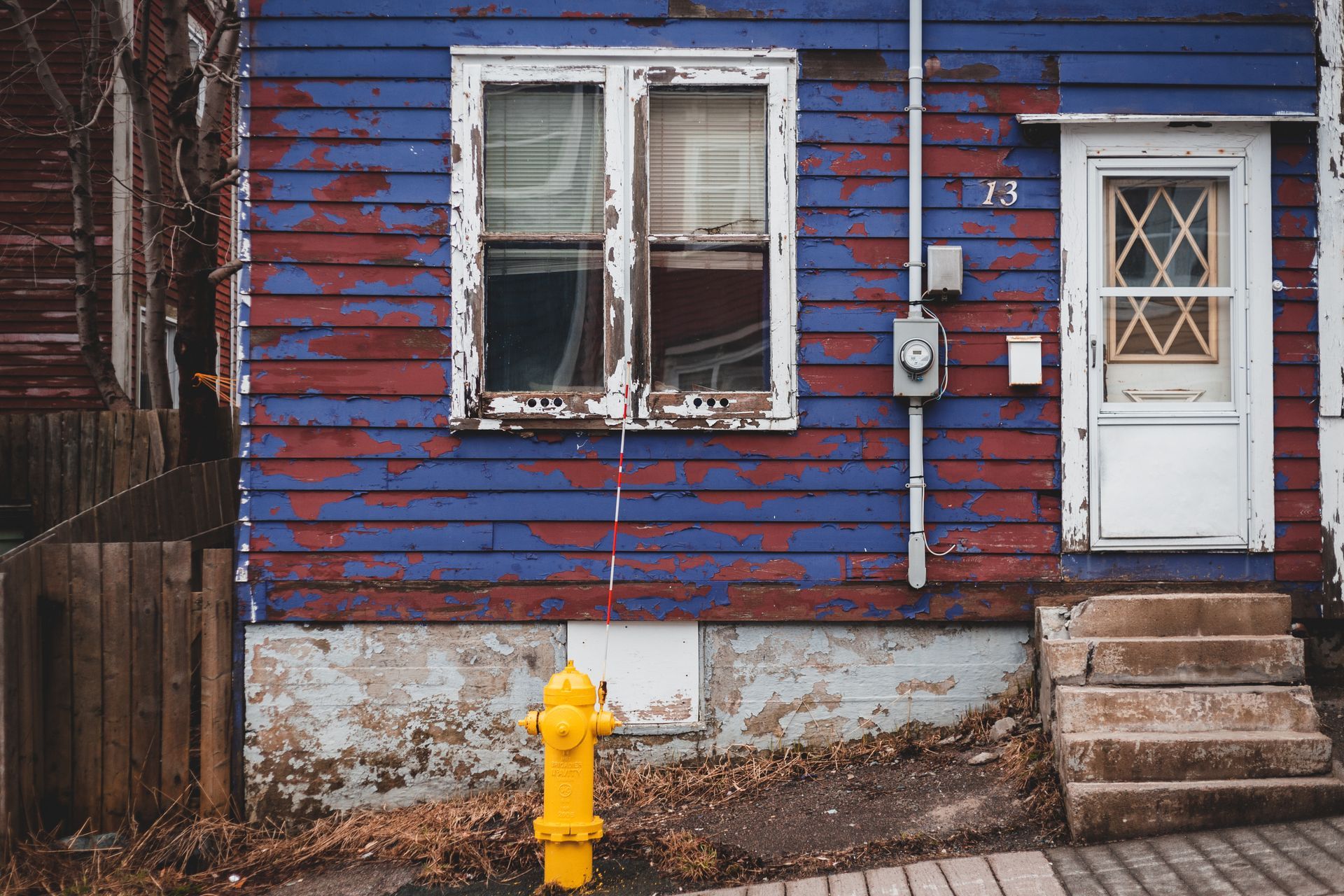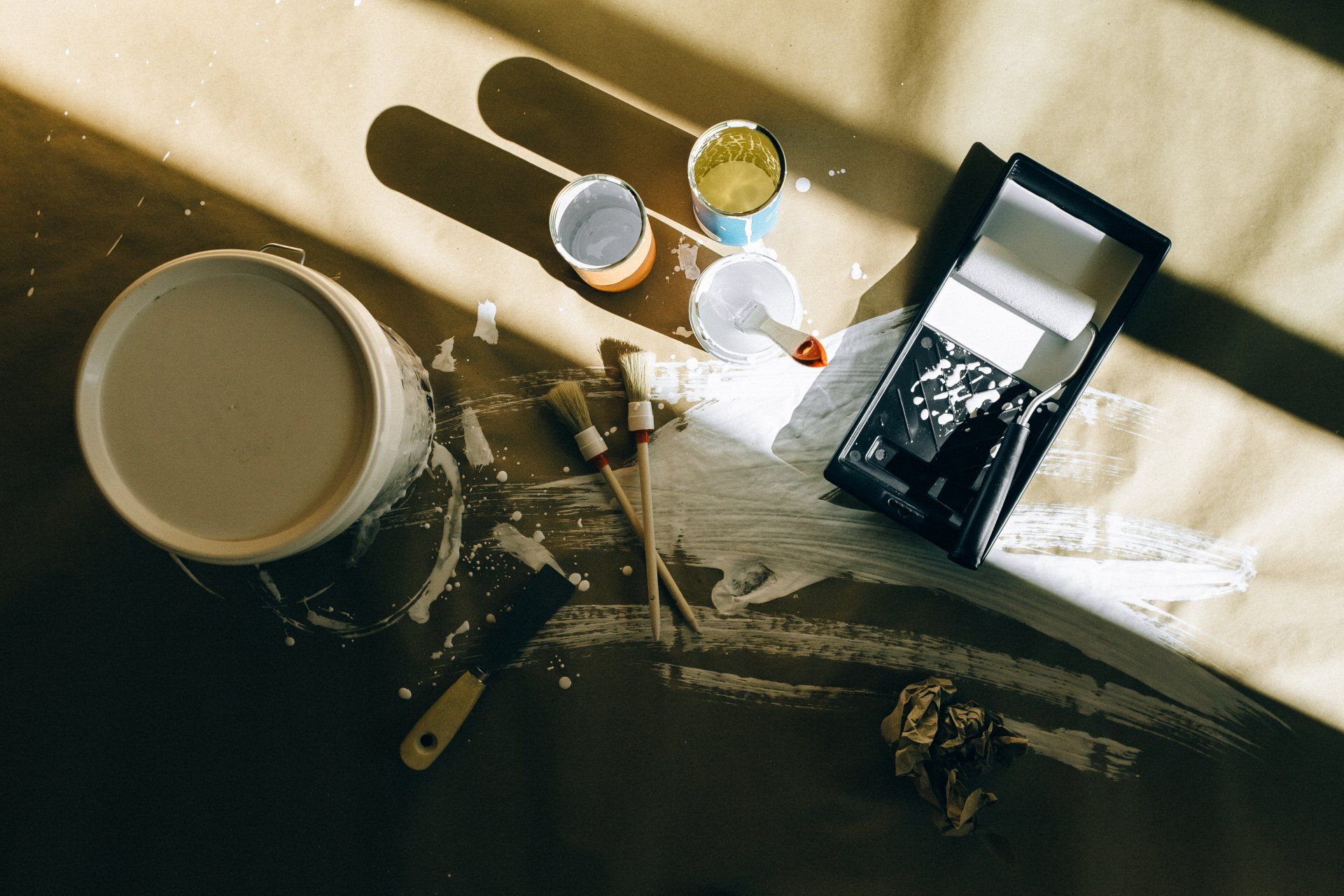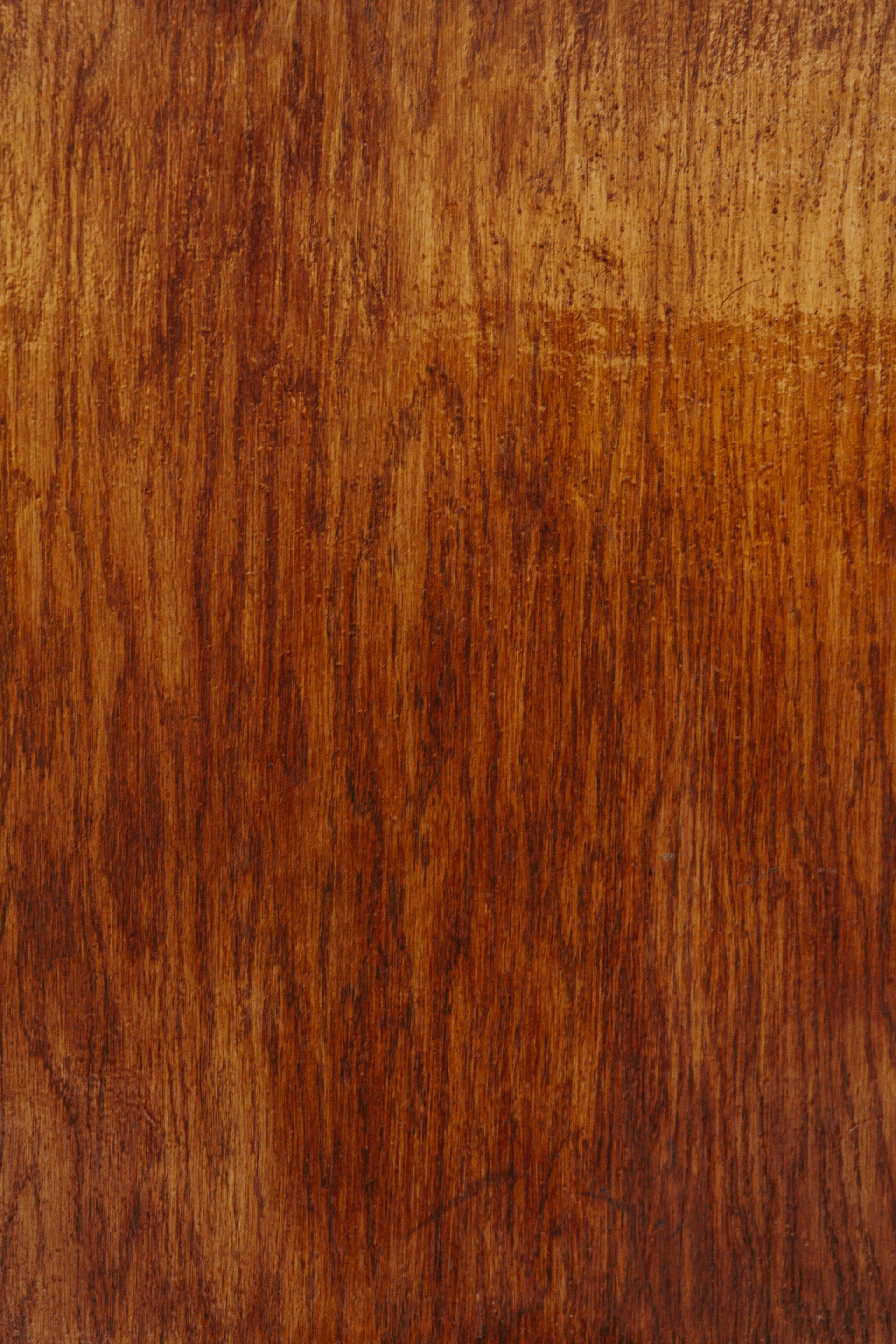Staining a Brick
Staining a Brick
If you're looking to alter the color that your fireplace has presently, or your home's exterior, learning to stain brick might be on your wish list. It's crucial to know how to stain brick versus painting in order to get the desired outcomes and make sure you have the right tools and supplies to complete the task correctly. Read on for some tips regarding how to stain bricks and determine if staining is the right option to decorate your house.
Staining Brick
In the beginning, you'll have to decide which kind of stain is best for your brick-staining project, and collect the tools and supplies before you start. The majority of hardware stores allow customers to try out stain samples, so you can play around with the mixture and experiment to determine the best shade.
There are two kinds of brick stain which you can choose:
- A water-based brick stain is what we suggest for all projects. They are easy to apply, stop the build-up of water, and allow for airflow to the brick.
- Stains mixed with sealant. This type of stain forms an impervious coating on bricks, but this could actually cause damage to the bricks over time. We recommend this stain for small areas or bricks that are affected and porous. The addition of a sealant creates a vapor barrier that traps water within the bricks. If it is frozen, cracks could occur if the water doesn't evaporate before. Applying this method in small spaces or with bricks that have already been bred is an ideal vision.
Step 1: Cleanse the brick and decide if you'll need to get rid of any sealant that is in place.
Pour an entire cup of water on the brick's exterior. If it dries up and then runs away, then you'll have to remove the sealant prior to if you are able to paint the brick. You can try to remove the sealant with the help of lacquer thinner and let it rest for 10 minutes before taking it off using the power washer or hose when outside. Just rinse it away by using water and a towel in the case inside.
Even if there's not any sealant on the brick, you will need to clean the brick from top to bottom with ordinary detergent and water.
Step 2: Be sure to protect yourself and the surrounding area.
Set down some clothes and put on protective clothing and safety glasses prior to beginning the process of staining. Painter's tape is used to seal off any areas that you are not planning to stain.
Step 3: Follow the directions on the container of stain in order to blend the stain.
If you're mixing stain colors, take measurements carefully and keep track of the quantities so that you can continue creating the same color.
Step 4: Place the stain on the wall.
Use the brush in a single smooth movement along each brick in a single, smooth motion. If the bricks have no material in between, brush with repeated strokes and cover each surface twice. Apply the paint as you go using the corner of the brush. To get consistent shade, mix the stain every time it is dipped. The stain should be applied to the bricks in a sporadic pattern, instead of staining the entire brick in one row. This will keep the appearance of the stain job like it's as natural as possible.
Step 5: Wash the mess and rinse away.
Do not let drips dry. Instead, clean them immediately using the help of a moist rag.
Step 6: Let the stain to completely dry.
The time it takes to dry will be contingent upon the temperature, humidity, and airflow within the region.




